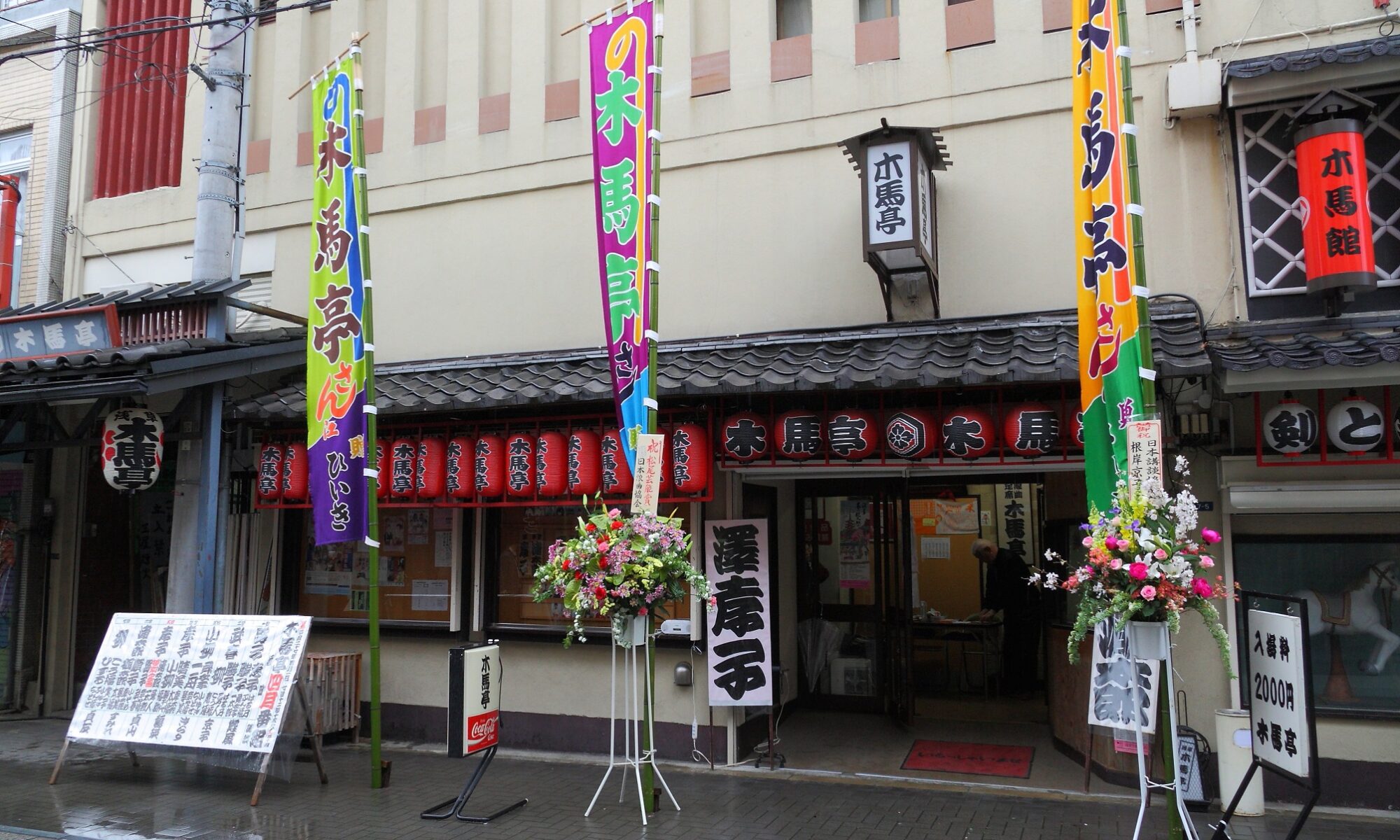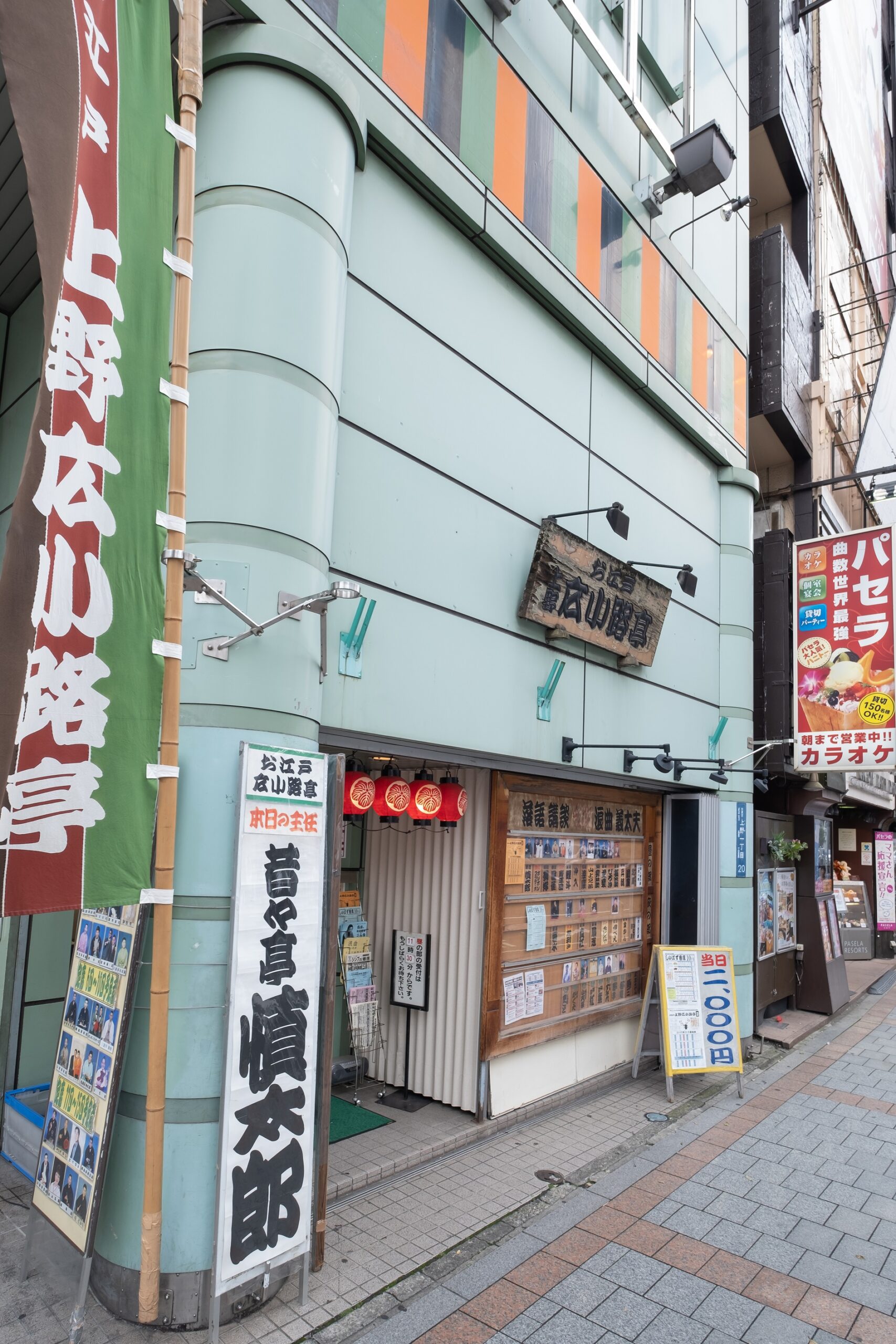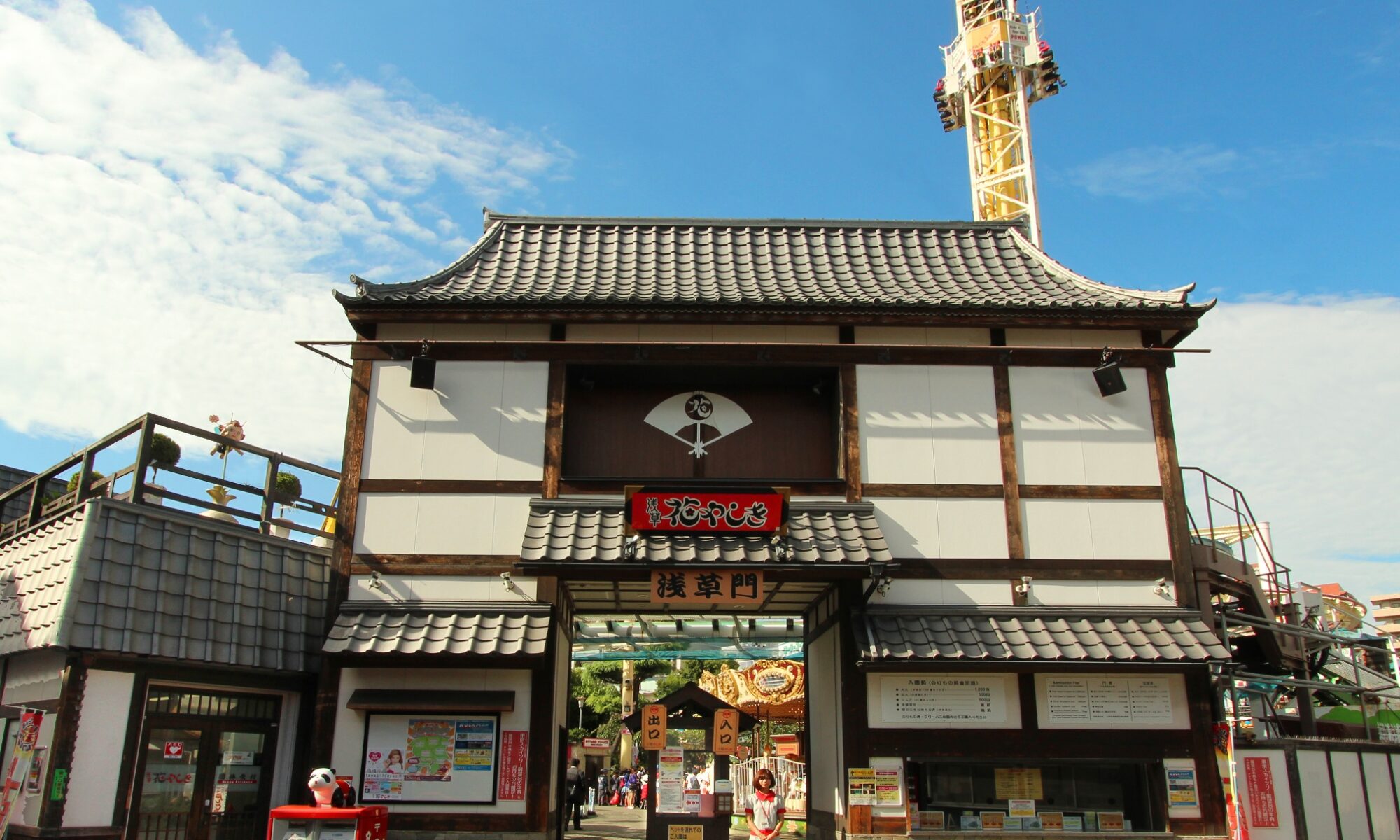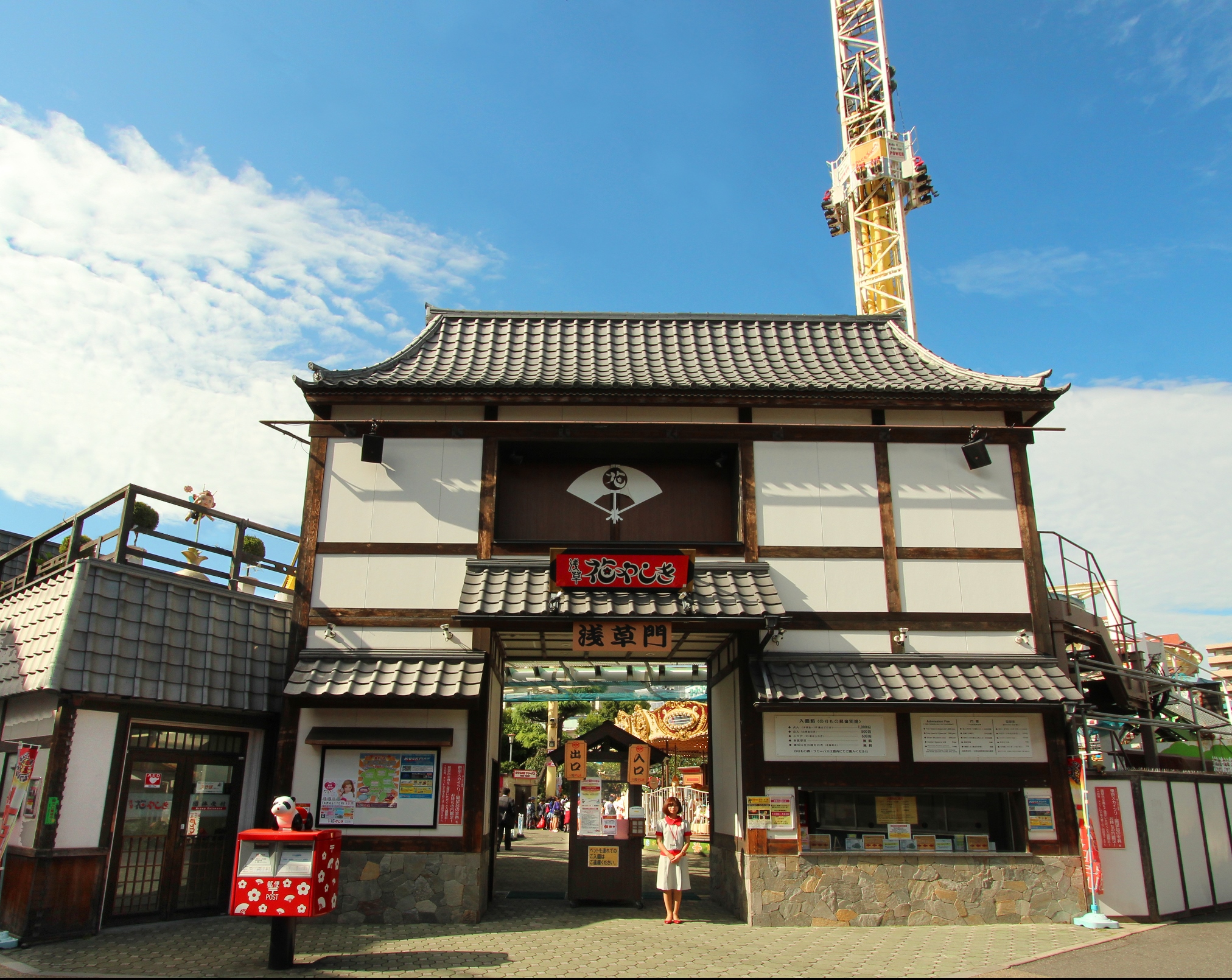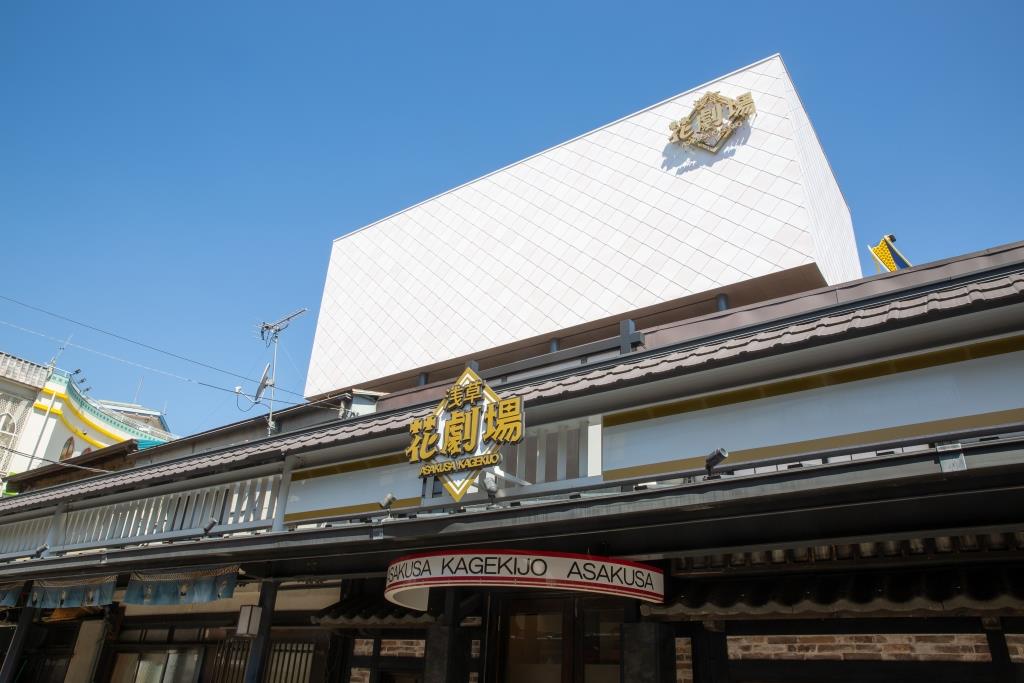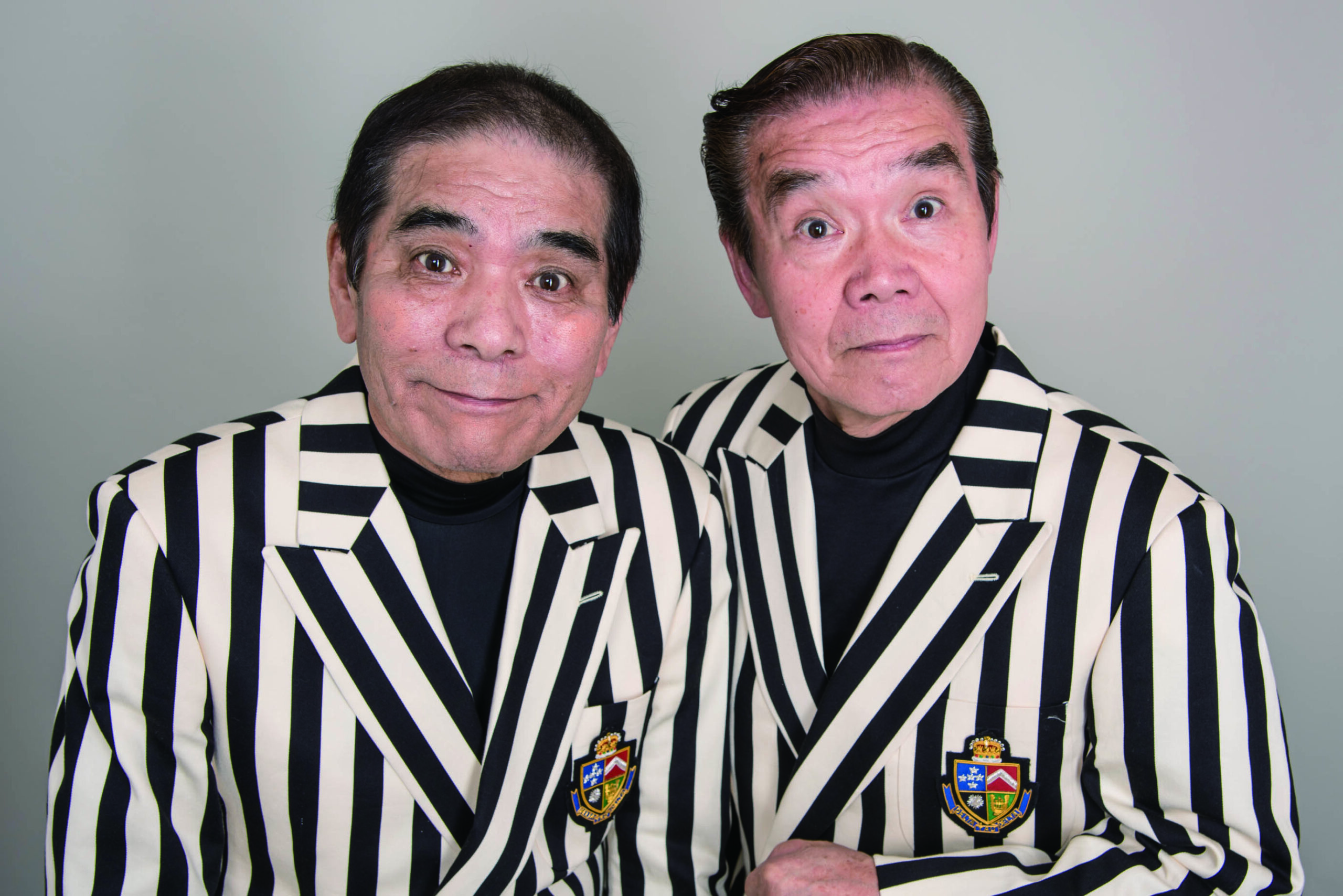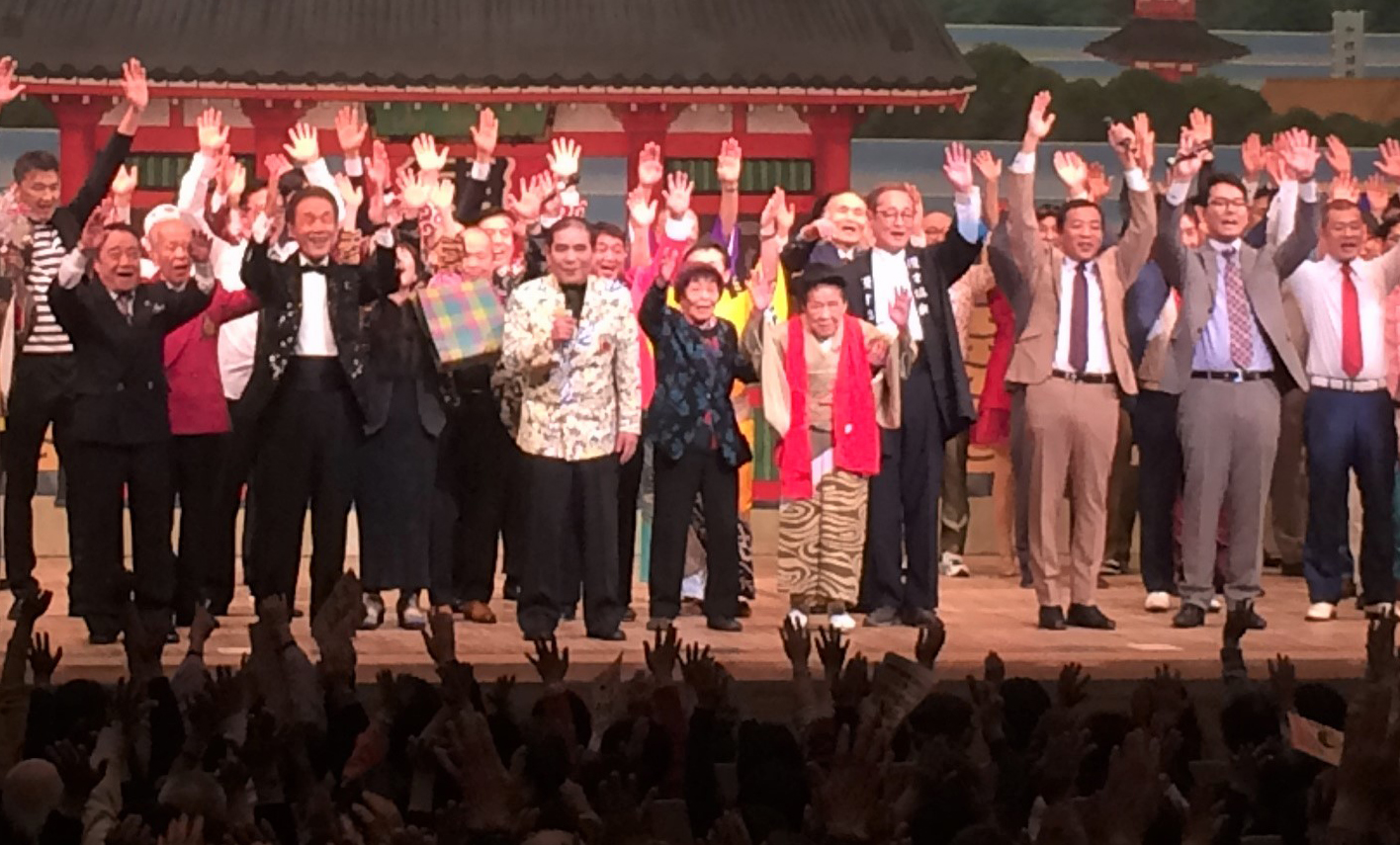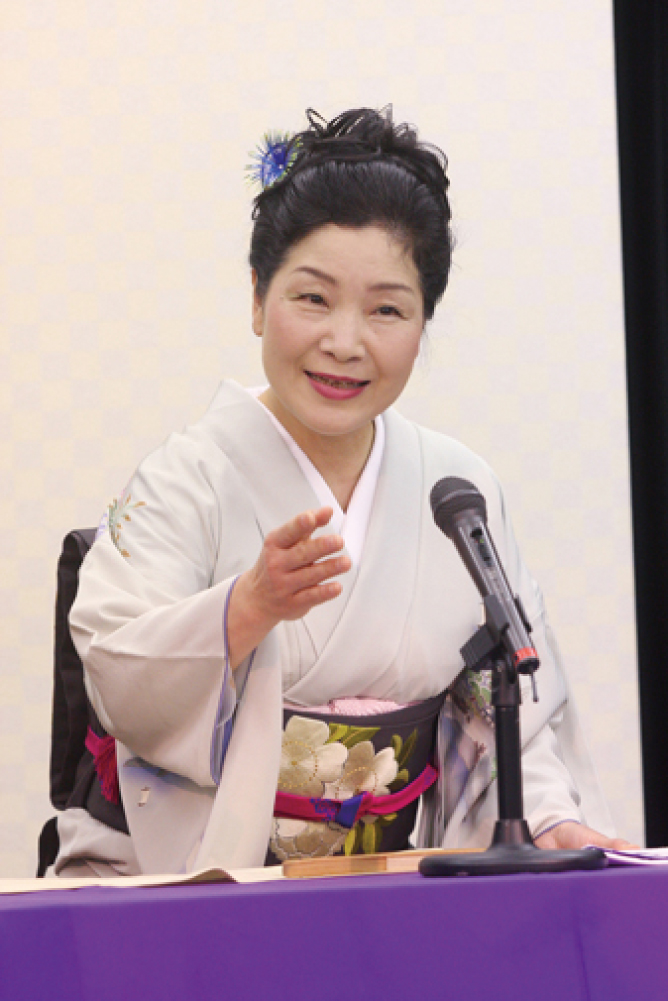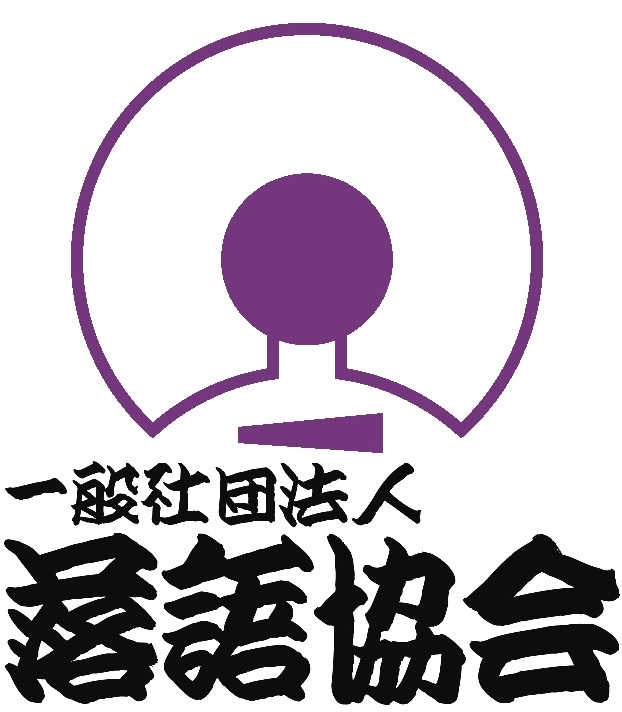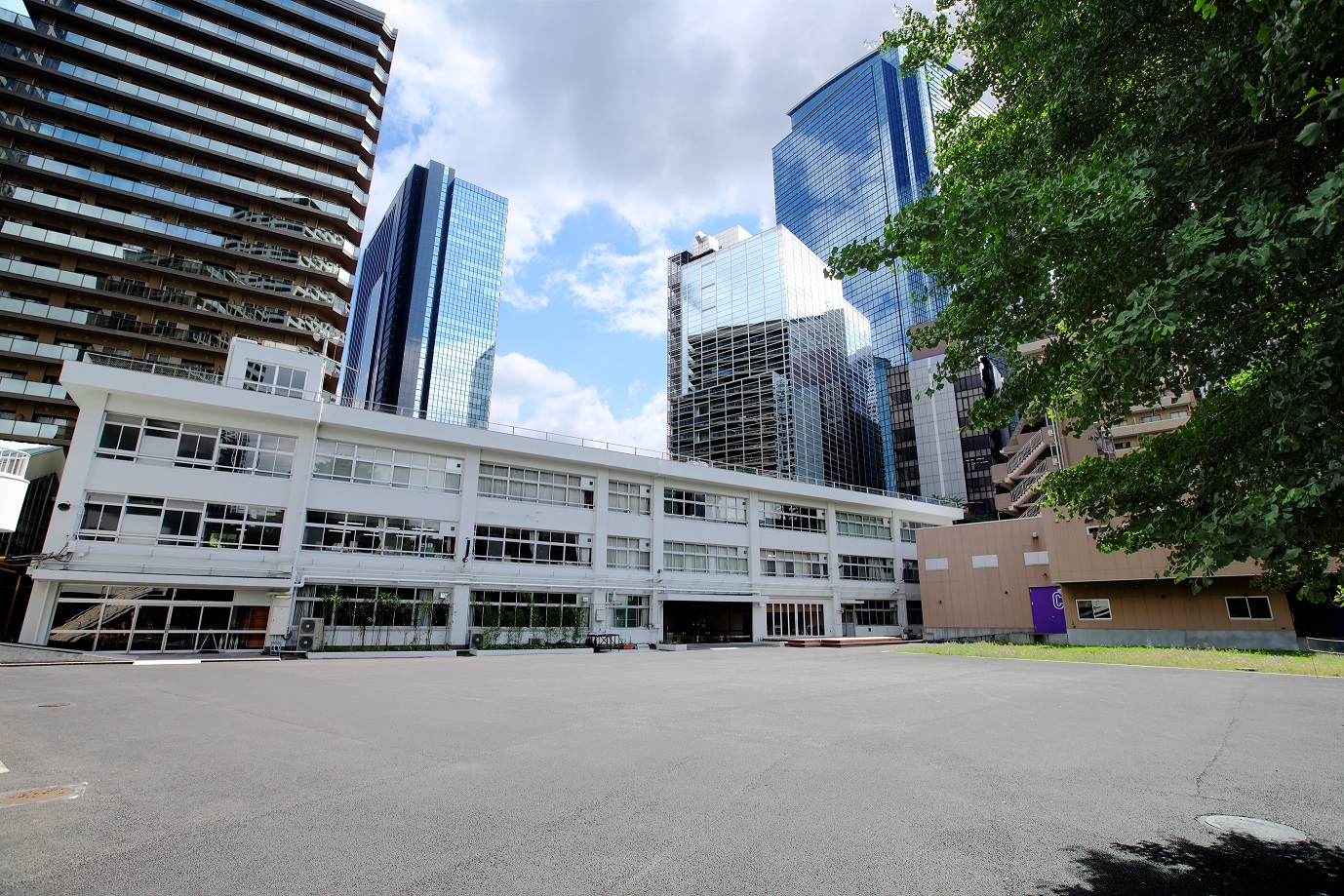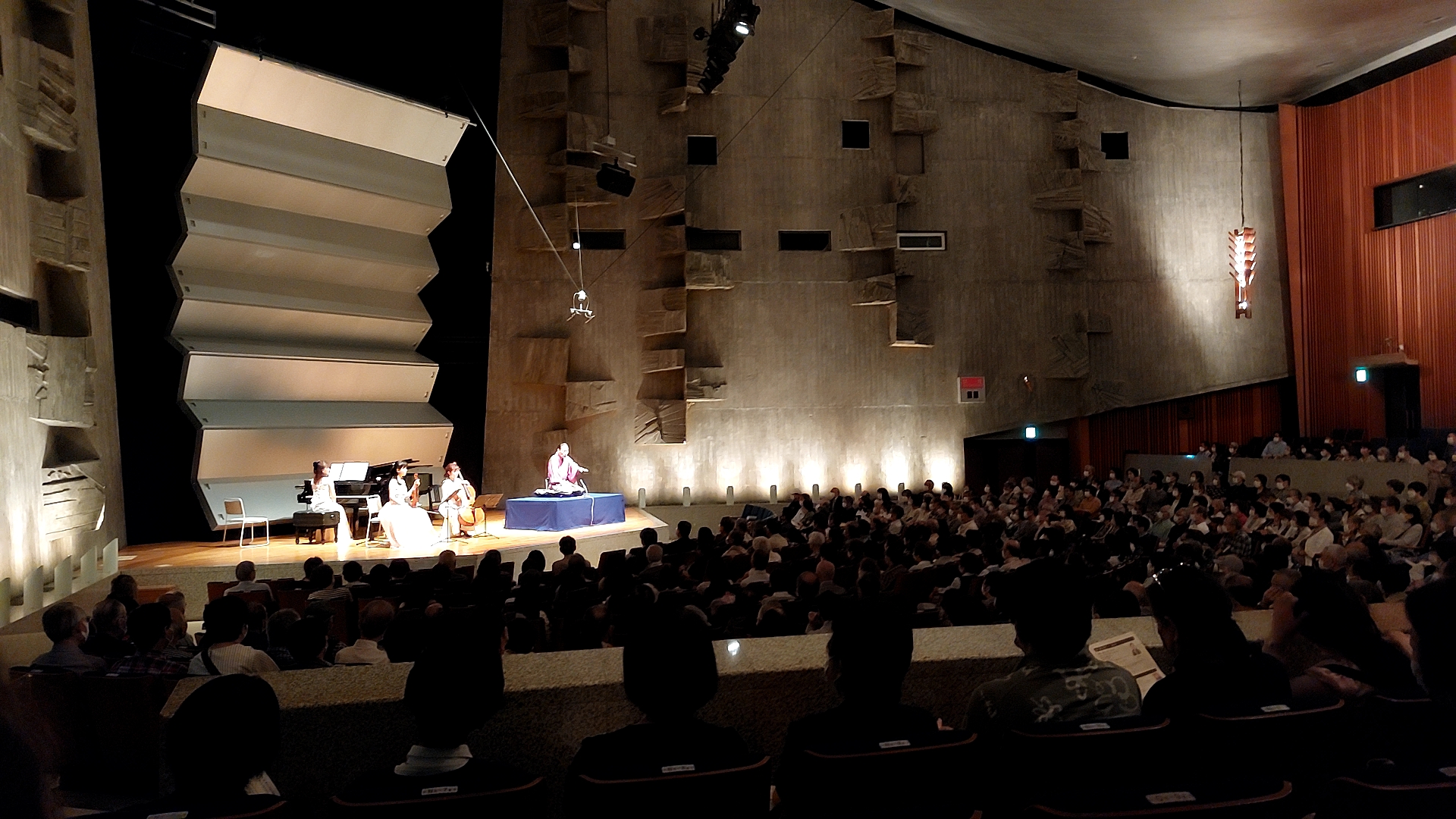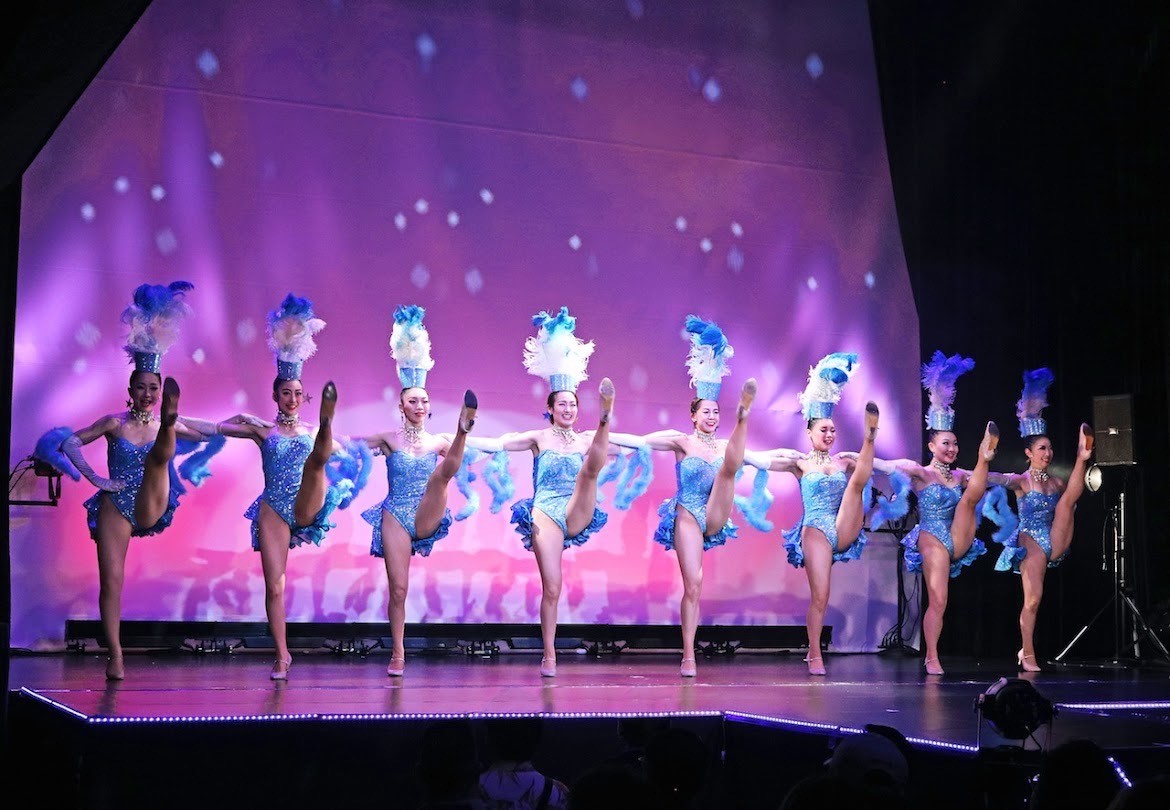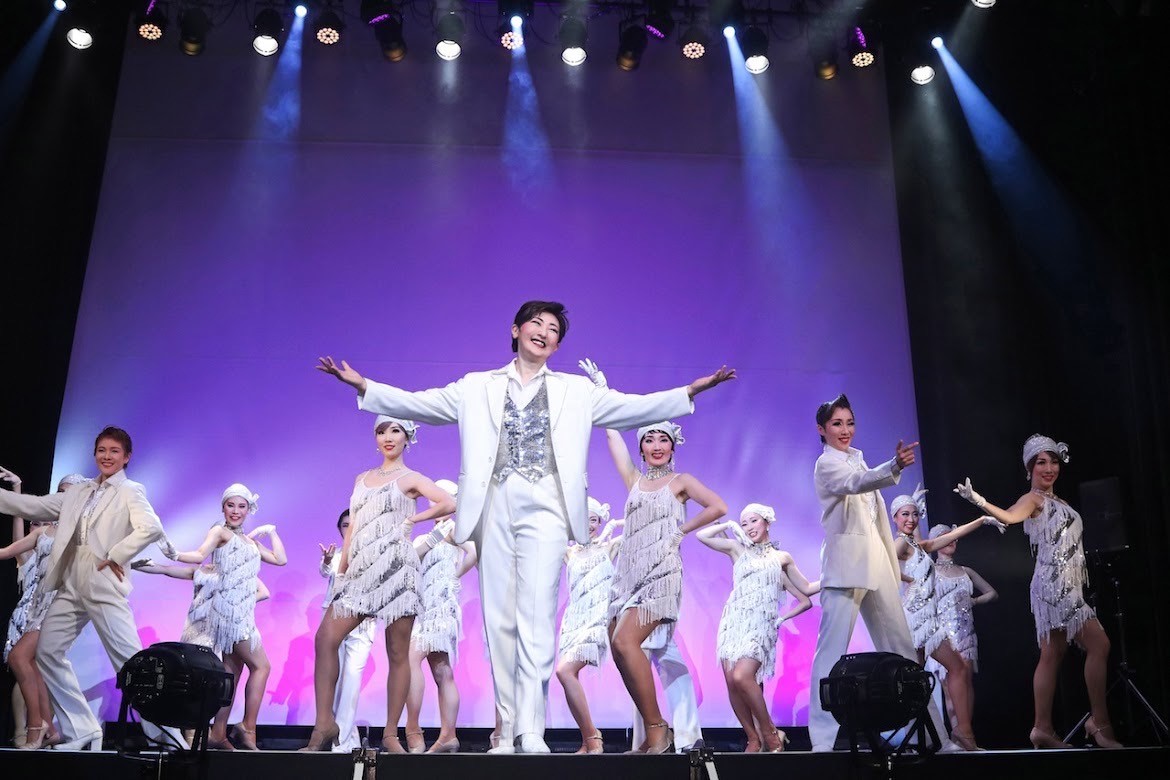
「概要」The Kibakan was built in the 40th year of the Meiji era as an insect museum displaying insects. In the Taisho era, a carousel was installed and became the Kibakan, which is the setting for Ranpo Edogawa’s short story “Kiba wa Muru”.
From 1970, the 1st floor was set as Mokubatei, and the fixed seats for Rokyoku started.
「営業時間」It depends on the performance.
「入場・入園料」/ Rōkyoku
Fixed seat 2,500 yen (half price for under 25 years old)
January only 3,000 yen (half price for under 25 years old)
・ LOL Comedy Owarai Asakusa 21st Century
3,000 yen on the day
Advance sale 2,500 yen
「公式ウェブサイト」http://mokubatei.art.coocan.jp/index.html
「交通アクセス」7 minutes walk from “Asakusa Station” on the Tokyo Metro Ginza Line 3 minutes walk from “Asakusa Station” on the Tsukuba Express 7 minutes walk from “Asakusa Station” on the Tobu Skytree Line
「マップ」


